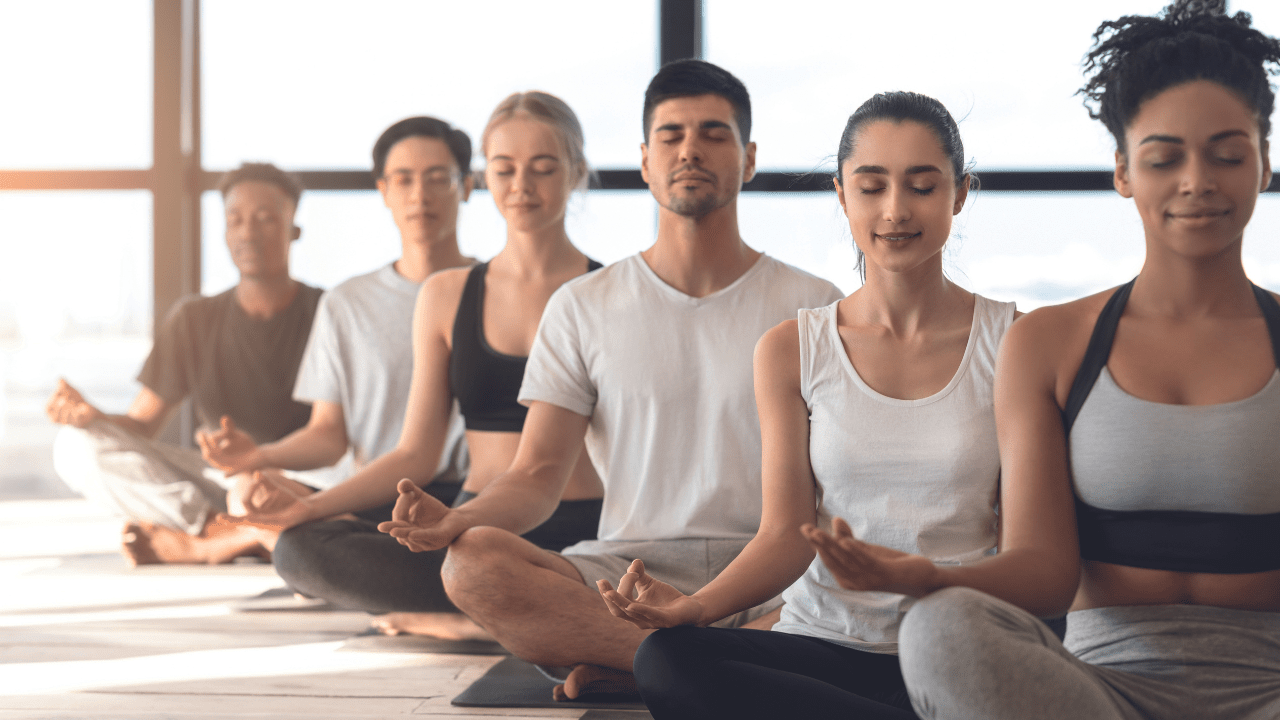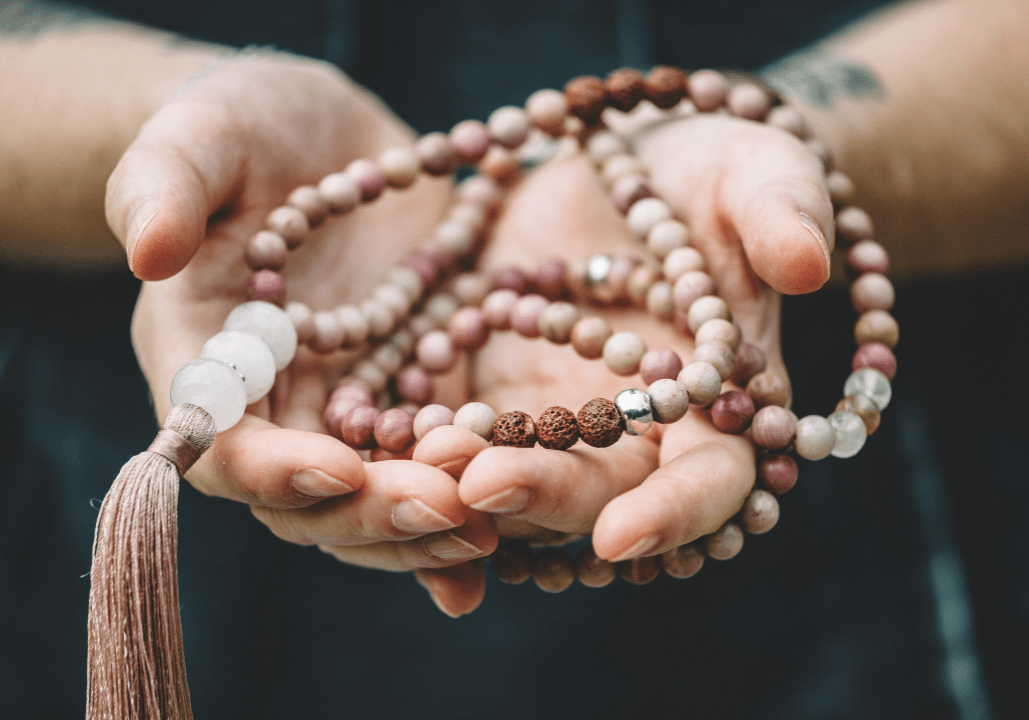
The cultural appropriation debacle in yoga
Understanding the cultural appropriation issue in the world of yoga and how to navigate your way through it
In the last three years, the rise of cultural appropriation has become a topical subject of debate in the yoga industry and revealed a number of cultural insensitivities in the western world. I am a minority south Asian woman living in the UK and I have been raised by migrant parents who came to the UK in the 1960s. My parents' values, beliefs and culture also arrived in their suitcase when they first landed at Heathrow airport!
I have lived in the UK all my life, very close to 50 years now, and fitting in was sometimes challenging for me, but I guess I also had the type of personality of always wanting to please others, so I would follow the norm and not question anything. Was I ignorant? No, I don’t think I was; I believe my parents brought me up to the best of their ability. After all, they too were trying to fit in to a new world, a new future and a new lifestyle. I may have been quite naïve and vulnerable though as I didn’t really have anyone who could tell me what it was like to be a person of colour, culture and religion in a country where I was a minority.
There has been a lot of angry people raising their voices about diluted yoga, white privilege and ignorance. I am hoping that this article will contribute and put things into perspective when it comes to the topic of cultural appropriation in the yoga world.
I am a British-born Indian yoga teacher and wellbeing coach/educator. I have been teaching yoga for seven years, practicing yoga for 20 years and my heritage is Indian. I was born to Punjabi parents in the 1970s and raised in a traditional way, the first daughter of six siblings. I was brought up in a home where incense was burned daily, and morning and evening prayers were recited daily. I was brought up on an ayurvedic diet mostly (until I discovered fish and chips!). I wasn’t allowed to cut my hair, shave my legs or tweeze my eyebrows as I was told to respect what god had given me. Being in a higher state of consciousness and believing that life had a deeper meaning is what I naturally knew. It’s only as I started to go through puberty and into the early teens, did I realise that my parents had sheltered me from the western world. My parents weren’t strict, they just knew what they knew but as I started to discover music, makeup, fashion and boys, I started to follow my peers who were mainly white and began to adapt British values. It was hard being Indian and British, I felt like I was wearing different hats depending on who I was around.
This is what it was like in a nutshell. I think it’s important that before you understand what appropriating culture is that a person must first try to understand the mindset, values and life of the person and see them from that lens, this gives an insight and raises awareness of what it feels like. If you have never experienced something yourself, it’s very difficult to empathise and appreciate an individual’s values and beliefs. So how can we expect people to understand our discomfort when there is a misinterpretation, or appropriation of one’s culture?
I wanted to write about the appropriation of yoga in the industry and how it has, over the years, become diluted and its original practices and principles have been watered down to fit in to the world we live in now.
It is hard to teach an ancient philosophy in a modern world and for people to understand its essence when
technology has advanced life so much that it’s hard to put the brakes on and slow things down.
As a yoga teacher and teacher trainer, I have compiled a few pointers that new teachers, curious teachers and
experienced teachers may find useful; it’s not exhaustive but we have to start somewhere.
Here is a list of terms that as a non-Asian yoga teacher you might be more conscious of when teaching yoga in your class. If you understand the origins of the terms then use them, but if you are not sure why you are using them, then maybe you should reflect on this.
Yogi
Have you ever heard this in class: “Let’s go yogis” or “Yogi’s choice”? These are some terms that you may have heard in a class, I know I used to hear them; in fact, at one point, I am pretty sure I used the latter! But ‘Yogi’ refers to a seasoned practitioner who has holistically embraced all eight limbs of yoga as a lifestyle. This person would be classed as a spiritual and awakened being.
Namaste
This term is used as a greeting. It literally means: “I bow to you.” Hindus use this word to greet one another, or you would use this word to greet your respectful elders. You are not required to use it in your class, but if it resonates with you and you are saying it from an honourable place then you have a right to choose. If someone who is Asian asked you your reason for saying it, would you be able to give them a confident response? I’d urge teacher trainers to look at the origins and their reasons for including this in their teacher trainings.


Clothing
Yoga clothes that have phrases and slogans such as ‘Namaslay’, ‘Namaslay in bed’, 'Namaste bitches’, ‘Spiritual
Yogi’ and ‘Gangsta Yogi’. There are some examples of yoga apparel that teachers may think are a cool thing to wear in class. This is appropriating and contributing to misrepresentation of spiritual words and
language. We are then also contributing to the clothing industry who are making money off the back of this.
The wearing of mala beads as an accessory. Mala beads were made for meditation practices, so that practitioners can focus and concentrate on using mantra and making sure they have completed a cycle of 108.
Using deities and religious statues as decorations in yoga studios and placing them on the floor next to shoes, or in the toilet areas is a sign of disrespect. You can be more mindful and place them in a higher than eye level position as a sign of respect.
Placing spiritual symbols on body parts is also contributing to cultural appropriation. Ganesha and the sign ‘Om’ is one frequently seen on the back of someone’s leg. It’s done as a fashion statement and is classed as cool, but to someone from an ethnic minority it can be seen as being insensitive. Maybe next time think about what the symbol(s) represent and what they mean to you and who they are representing.
Deities and Religious Statues as Decorations
Mala Beads
Yoga Tattoos on Body Parts
Images of Skinny Women in Bikinis Doing Yoga on Social Media
This is not in any way shape or form a representation of yoga. This clearly is profit making from an authentic practice and misrepresenting its originality. This is a classic cultural appropriation. We are giving the next generation of teachers a very diluted and inaccurate representation of yoga. The pressure of being thin, or to look a certain way in yoga, gives people a real complex, or it puts people off wanting to access yoga at all as they become body conscious. Yoga is for every body! What does your social media profile say about you as a teacher?
New Variations of Yoga
Who came up with goat yoga, beer yoga and naked yoga? This was not in any of The Vedas. Encouraging spin-off yoga feels like an insult. This is a clear misrepresentation of yoga, and people may feel like it’s a bit of fun, but would we do that with any other sport or practice? Naked football anyone?
I am hoping that you find the above a useful insight that provokes some thought when it comes to your own personal development. Yoga philosophy teaches us how to live our lives and follow moral codes and ethics. The yamas and niyamas demonstrate how we should practice: Ahimsa, non-harm, to ourselves and to others, and Asteya, or non stealing, not taking away one’s identity.
Cultural appropriation is a form of harm and stealing, and as yoga teachers and practitioners we have a responsibility to ensure that the practices of yoga are kept authentic and honoured by those wishing to embark on their own wellbeing journeys with the aim of reaching liberation.
Let’s celebrate inclusivity, diversity and respect for the knowledge and wisdom of the teachings and harness their goodness and honour their authentic root
Kam Bola is a yoga teacher, teacher trainer and NLP life coach based in the Birmingham and West Midlands area. Visit kambolawellbeing.com or connect on Instagram @kammy72 @kam.wellbeingcoach
HAVE YOUR SAY
Do you have anything to add to this conversation? We’d love to hear your thoughts.
Email: editor@ommagazine.com


